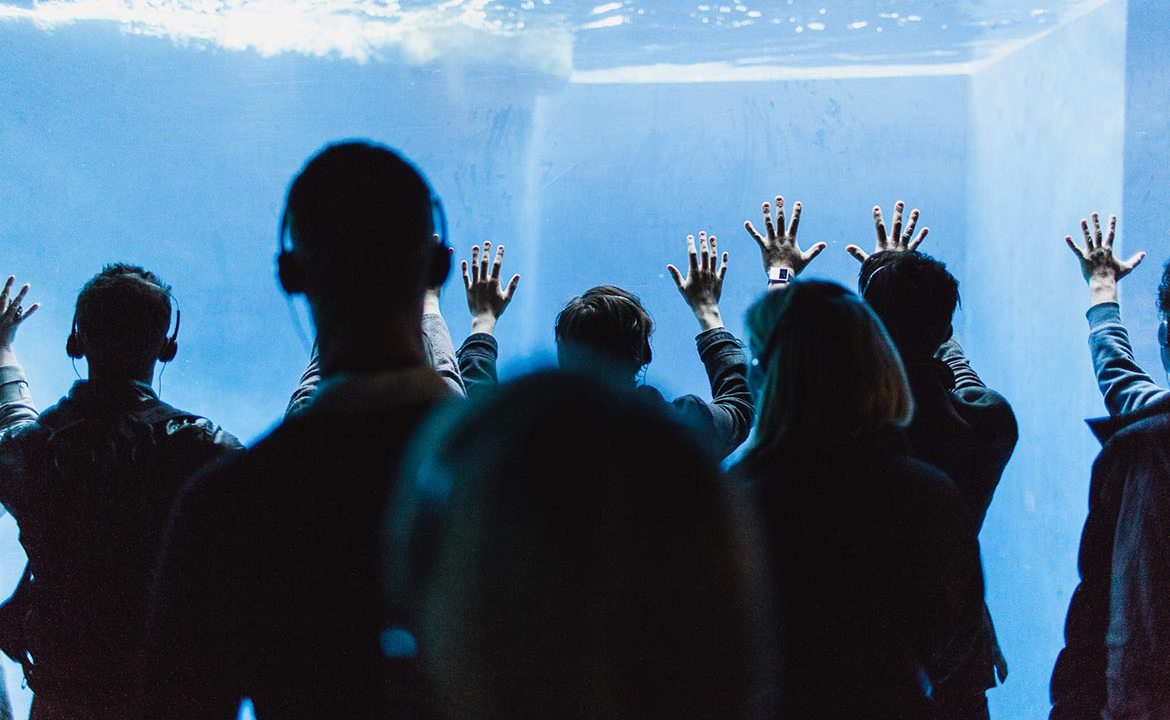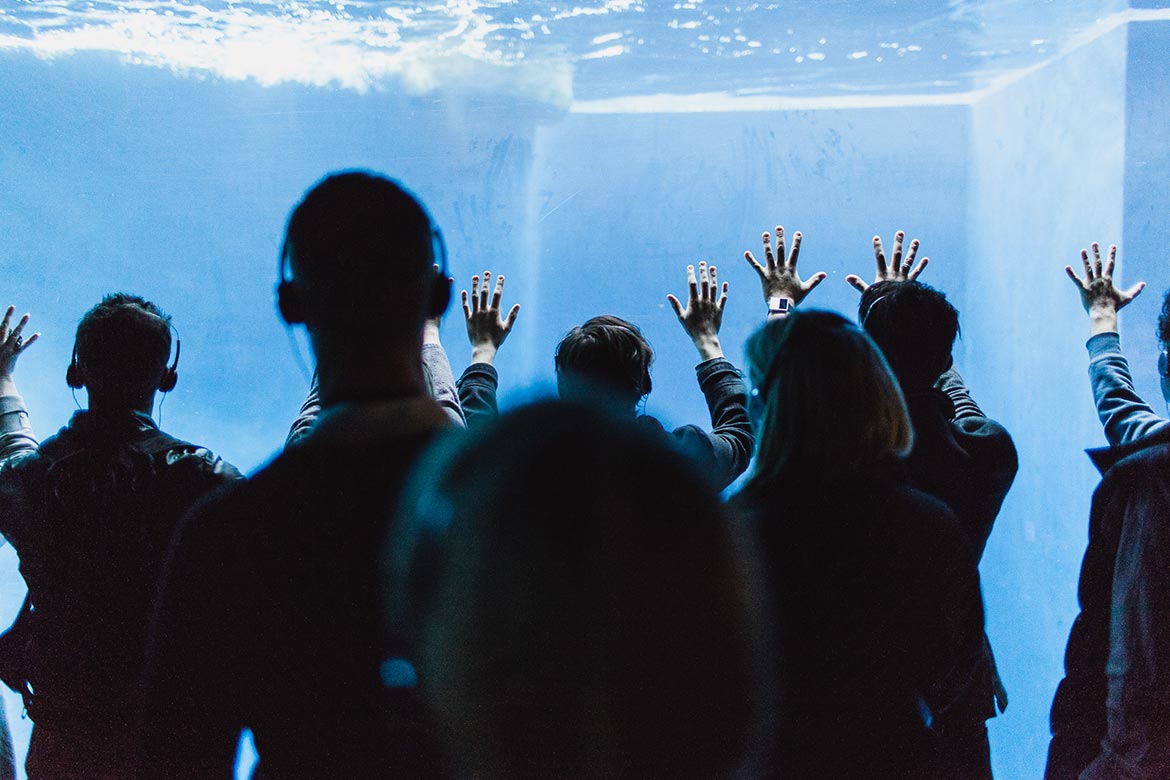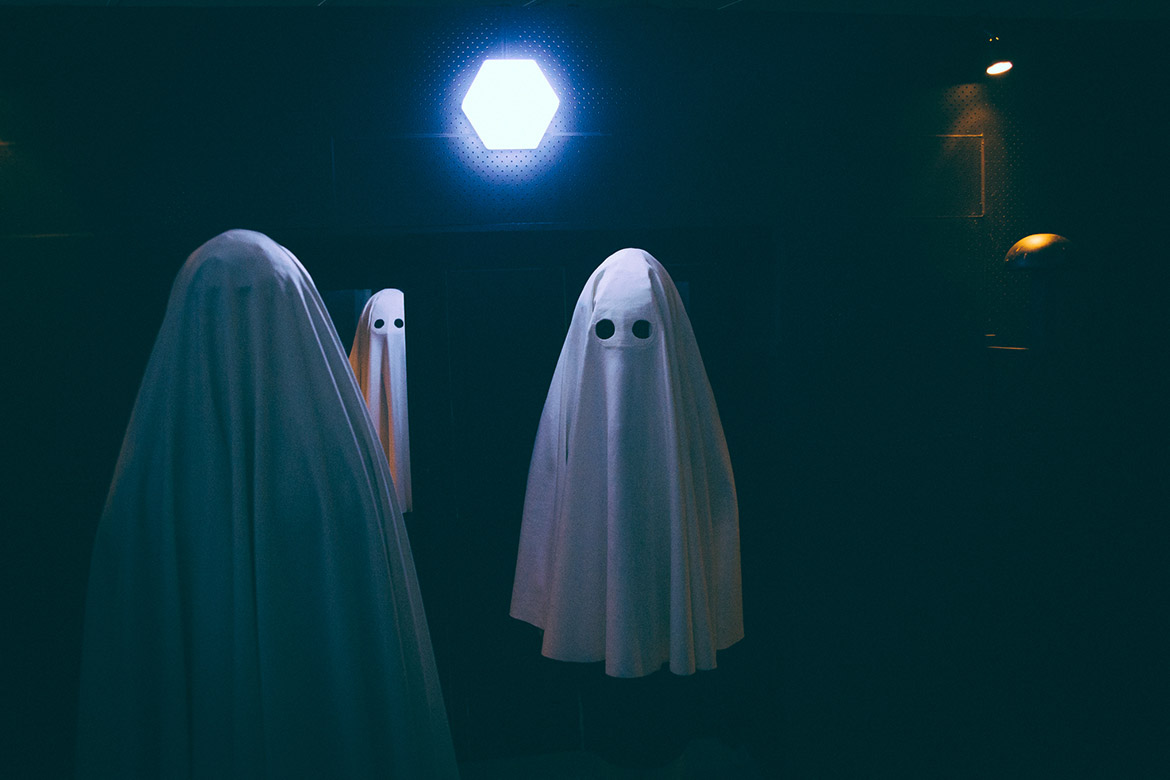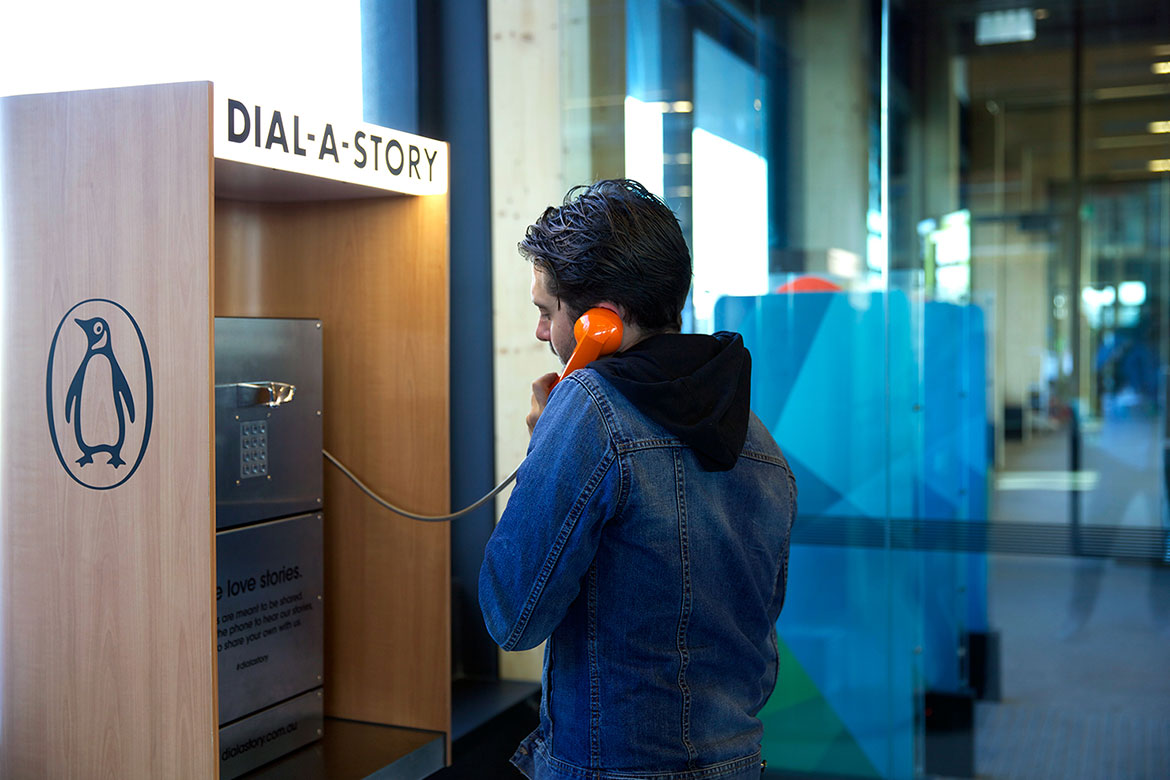
Readers of CFM’s TrendsWatch reports and followers of this Blog will know of my fascination with the emerging business model of museums running co-working spaces. It’s such a genius use of museum resources (staff expertise, visitors, inspiring space, the general aura of “cool”) to leverage earned and philanthropic income. Earlier this year Katrina Sedgwick, director of the Australian Centre for the Moving Image, contributed a guest post about ACMI X, her museum’s venture into coworking. So when I stumbled across a particularly interesting immersive VR theatre project this summer, I was delighted (though unsurprised) to find it was created by an ACMI X member. Katrina put me in touch with Sandpit, the studio that created the project, and I invited them to tell us about coworking in a museum from the point of view of a tenant.
My name is Dan Koerner and I’m a creative director of Sandpit, a digital studio based in both Adelaide and Melbourne, Australia. Sandpit is slightly unusual in the work we produce in that we predominantly make things where the physical world meets the digital. Some examples from the last couple of years: an interactive after-hours audio tour of Melbourne Zoo, a web-connected phone booth for sharing stories at Penguin Books and an answering machine service for artists in Reykjavík, Iceland. Increasingly, we’re working on a wide range of exhibits for museums.
 |
| “I, Animal”--An Interactive, After-Hours Tour of Melbourne Zoo |
Screens often take a backseat in the work we produce as we focus on allowing users to use their eyes, ears and hands in the real world, augmented by Sandpit’s technologies. For that reason, it was interesting when, in October last year, we were approached by Katrina Sedgwick, the CEO for the Australian Centre for the Moving Image. Katrina invited us into ACMI X, a new co-working space for artists, freelancers and organisations working in and around the moving image in Melbourne. ACMI X was to be a purpose-built space, embedded within the museum. The idea of the space was to foster a creative culture that champions collaboration, innovation and sustainability for individuals, collectives and businesses working with the moving image.
There are so many obvious benefits to this scenario that it’s almost strange to think of it as innovative. Why haven’t institutions been doing this forever? As tenants we have relaxed, fairly unstructured access to the museum and its staff. A monster truck-scale coffee machine in a beautifully designed and cavernous kitchen and social space encourages casual conversations. The interiors, designed by Melbourne legends Six Degrees, give smaller organisations and freelancers the kind of aesthetic clout they wouldn’t have access to on their own. This stuff might sound trivial – but it helps you impress fancy clients.
We have the benefit of an extremely broad skillset amongst tenants – from developers, to motion graphics designers to VR producers to writers to photographers. If you have a question that needs answering, chances are that ACMI X houses someone who could answer it. To be honest, the holy grail of inter-office collaboration on actual projects has not yet occurred however this takes time, trust and stars aligning. We’re not quite there yet, but we’ll get there. I certainly know who I’ve got my sights on.
There is also the added benefit of being in close proximity to ACMI as a commissioning body. ACMI recently acquired a VR work by Sandpit, originally commissioned by Google’s Creative Lab in Sydney called ‘Ghosts, Toast and the Things Unsaid’. This work has an audience of two don ghost sheets and travel back in time to see a relationship between two characters deteriorate. Eventually, participants realise they have become the ghost of one of the two characters, Steve or Maude. As you look around their apartment, you can hear the inner thoughts of either character depending on which one you look at. In the end, it’s about the things you wished you’d said but never did.
 |
| Ghosts, Toast and The Things Unsaid – Digitally Augmented Immersive Theatre |
Starting this Halloween, ACMI has engaged Sandpit to create an installation for the ‘Ghosts’ project that looks somewhere between a funeral parlour and carnival side-show. Audience members wear a VR headset, topped with the iconic ghost sheet and get whisked off to one of two booths where they arbitrarily become the ghost of either Steve or Maude.
It would be very dangerous of me to say that a definite benefit of co-working with a museum is that they will commission your work. Sandpit finds itself in a very privileged position because of this. The commissioning process, however, could not be running more smoothly. Starting with our contract, I’ve been able to run back and forth between my desk and ACMI’s legal team to ask and answer questions rapidly. This meant from first draft to execution, the contract manifested in record time. ACMI’s social media team sit directly in front of me and we’ve been able to devise a cunning social media campaign for the project, through a series of casual conversations. We have been able to pop over to ACMI’s Public Programs Manager, Helen Simondson’s desk to plan a seance party to launch the installation, – an idea that’s simmered due to our proximity rather than something that’s been cobbled together in a one-off meeting. Access to Seb Chan’s encyclopaedic museum knowledge is a matter of a five-second walk from my desk to his. ACMI’s bustling senior curator, Sarah Tutton, can whisk me away to the kitchen to talk through project logistics.
For this short period of time I can pretend, at least that I’m directly employed by ACMI, without being beholden to its larger corporate structures. And this is where ACMI itself can find value in its co-workers. Being either small organisations or freelancers, we are highly agile in the way we work. We all have small or singular chains of command and come up with ideas, make decisions and execute plans rapidly. ACMI as an organisation now has the ability to tap into this knowledge bank, either casually by the coffee machine, formally or both. This brings a hugely dynamic, surrogate workforce to ACMI that, on a tangible level adds a huge amount of capacity. On an intangible (and arguably more valuable) level, it creates a working environment that is more vibrant than a single organisation could ever be on its own.
Sandpit is a relatively small organisation but we are growing quickly. There will come a time in the future when we will outgrow our beloved home at ACMI X and move on. As alumni of the co-working space, I will be interested to see how our relationship with ACMI can continue. We’ll be advocates of the space but also perhaps industry partners who support the museum and its community however possible. Ultimately, it is this level of community-building on a local, national and international level that opportunities such as ACMI X engender. And in the end, it’s the conversations around the coffee machine that make it all possible.
 |
|
‘Dial A Story’ – A Web-Connect Phone Booth
|








